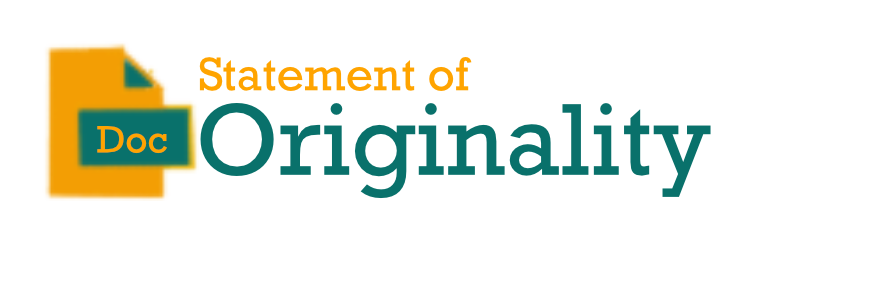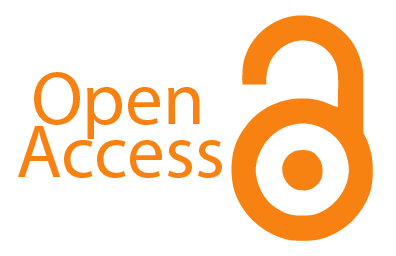Pola Pikir & Kebiasaan Ibu Hamil dalam Mengkonsumsi Obat Herbal selama Pandemi Covid-19 di Lingkungan Karang Pule
Abstract
Herbal traditional medicine is a plant that has medicinal properties and has been clinically proven or based on the experience of previous people. In Asian countries, 80% of the population uses traditional medicine as an alternative to health. In Indonesia there are many people who consume herbal medicines such as herbs, around 61.87% women and 33.3% of them are pregnant women. The pregnant women are one of the special groups that are high risk to the COVID-19. The purpose of this study was to determine the level of knowledge and behavior of pregnant women about the consumption of herbal medicines during pregnancy during the COVID-19 pandemic in the Karang Pule environment in 2021. This type of research was a descriptive study. The research design used was a cross sectional method with data collection techniques, namely in-depth interviews, and distributing questionnaires. From the results of the study, it was found that the level of knowledge of respondents about consuming herbal medicines during pregnancy was in the sufficient category (50%), and the behavior of respondents in consuming herbal medicines during pregnancy was also in the sufficient category (66.7%).











_page-0001.jpg)






